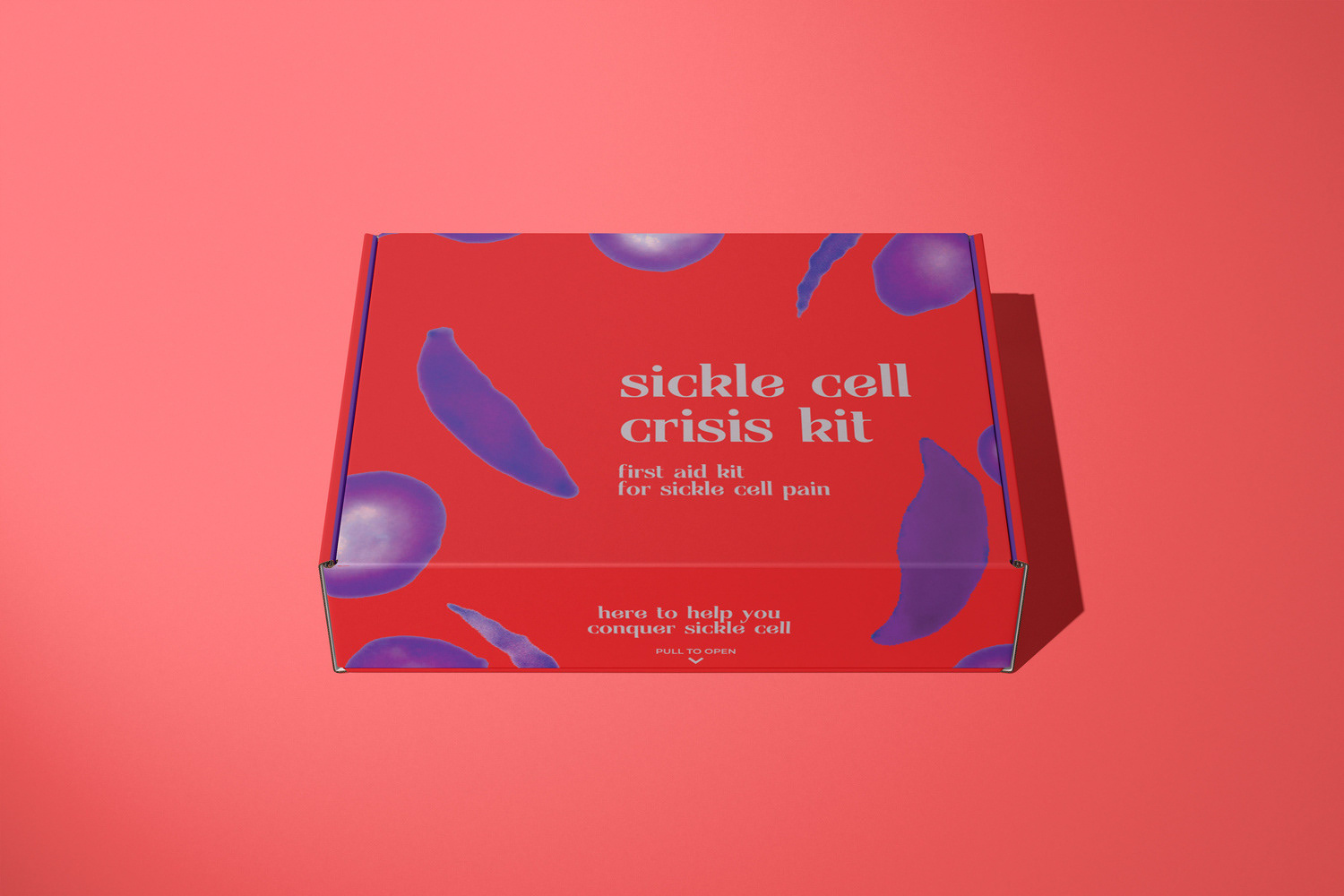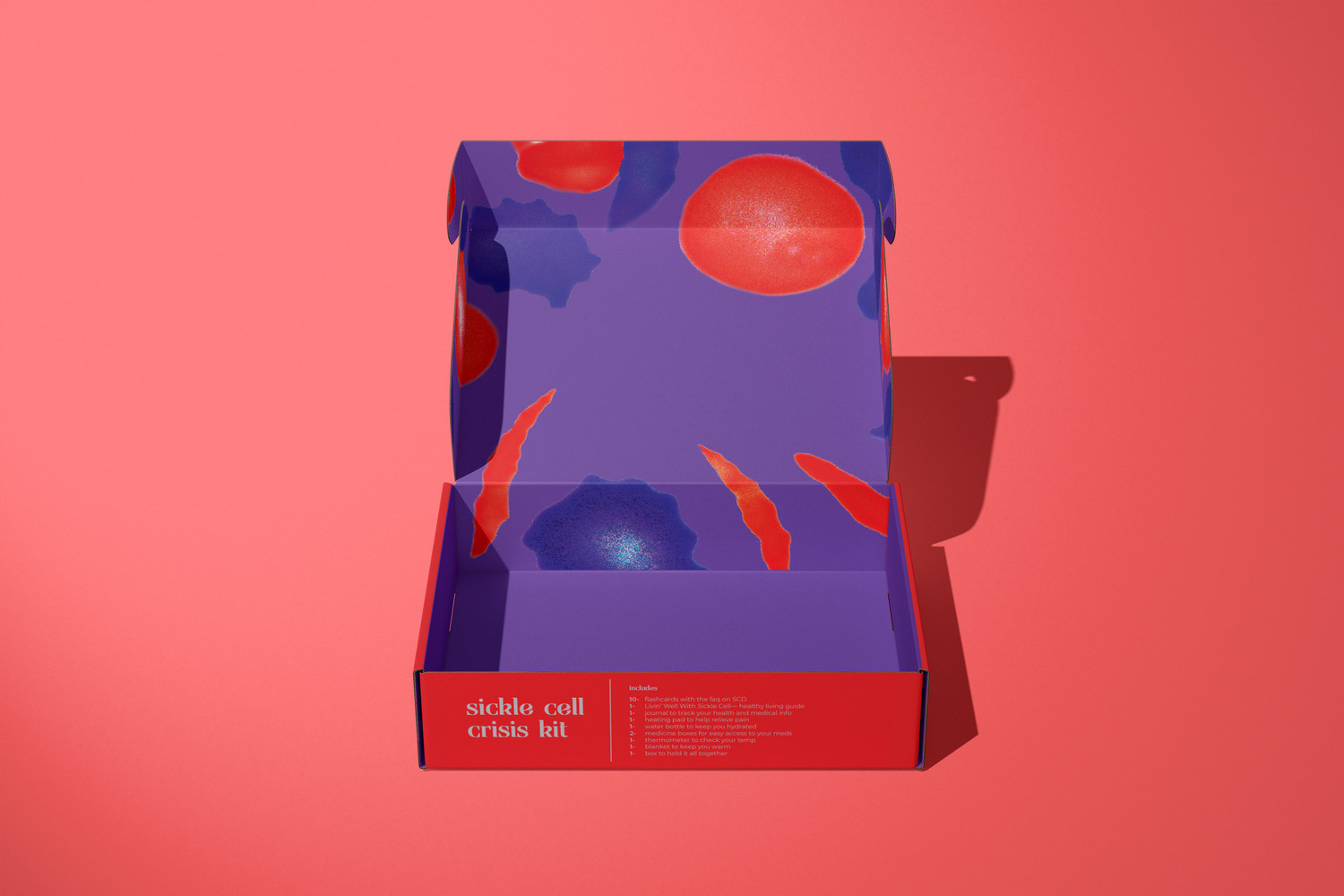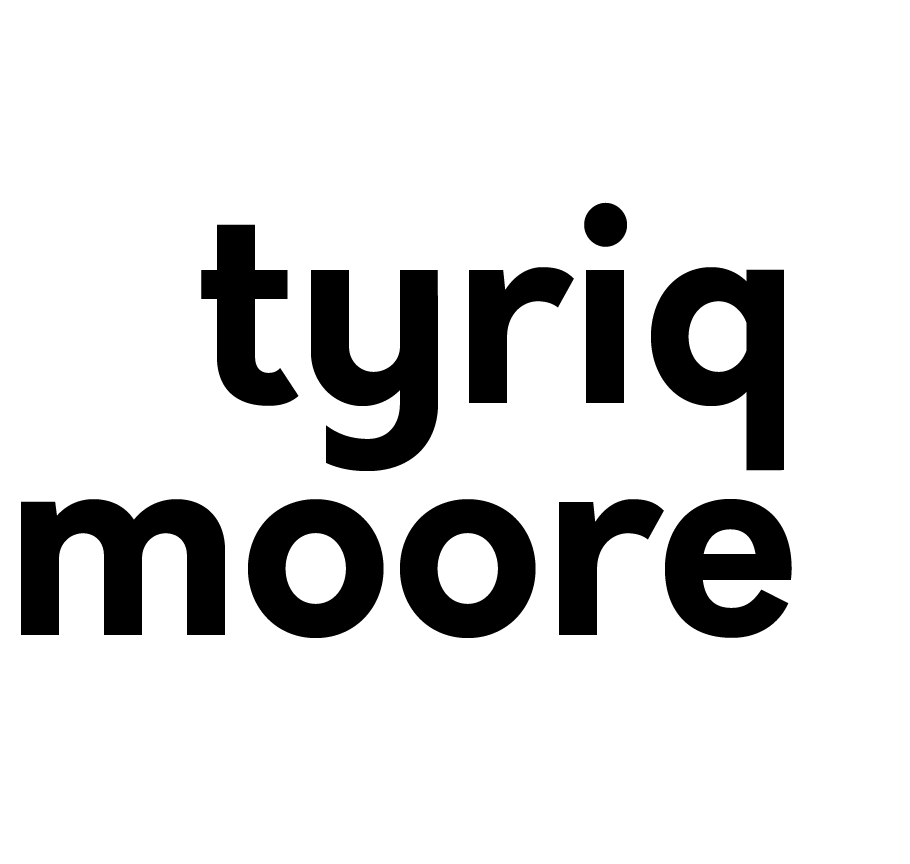Sickle cell disease is a genetic blood disorder where red blood cells become abnormally crescent shaped, blocking oxygen from reaching the body's organs and tissues, which can lead to pain and damage in people with SCD throughout their lifetime. This package was designed to help teens and young adults learn about and manage SCD as they transition to dealing with it on their own in adulthood.




MANAGING SICKLE CELL DISEASE
As young teens with SCD transition to adulthood, it becomes their responsibility to manage their health, which can be difficult for many. This sickle cell crisis kit is designed for teens and young adults learning to face sickle cell pain for the first time on their own. Each kit contains colorful infographic cards answering frequently asked questions about SCD, an interactive guide to living healthy with sickle cell, and a sheet of stickers, along with the essential things needed for facing sickle cell pain during a pain crisis and managing your health long-term.
The designs of each are inspired by weird and strange, yet intriguing shapes inspired by the shapes of sickling red blood cells to help the younger audience better engage with the information. The contrasting and intense red and purple colors are eye-catching for teens and young adults, but also signal the urgency and importance of the information.
SHARING REAL EXPERIENCES OF SCD
SCD is a rare genetic disorder with not much research having gone into it, which makes it difficult for doctors to help and treat patients. Not only can it be frustrating for SCD patients to be mistreated because people don't understand the weight of their pain and struggles, it can be difficult to find others that can understand and sympathize with them because of how rare it is.
Cell is an experimental zine made for the sickle cell community to share their experiences and stories of living with sickle cell. The interior design of this issue is inspired by the artwork, photography and stories of each sickle cell patient. Large, bold typography bleeds over images and text to highlight impactful quotes and phrases. Much of the typography and imagery distorts erratically, capturing the fluctuating emotions and pain levels one will have during a crisis.
